Optimal Timing for Fire Restorations
Understanding the optimal timing for fire restorations is essential for effective damage management and safety. Fire damage can occur at any time, but certain periods may be more suitable for restoration efforts based on environmental conditions and property readiness.
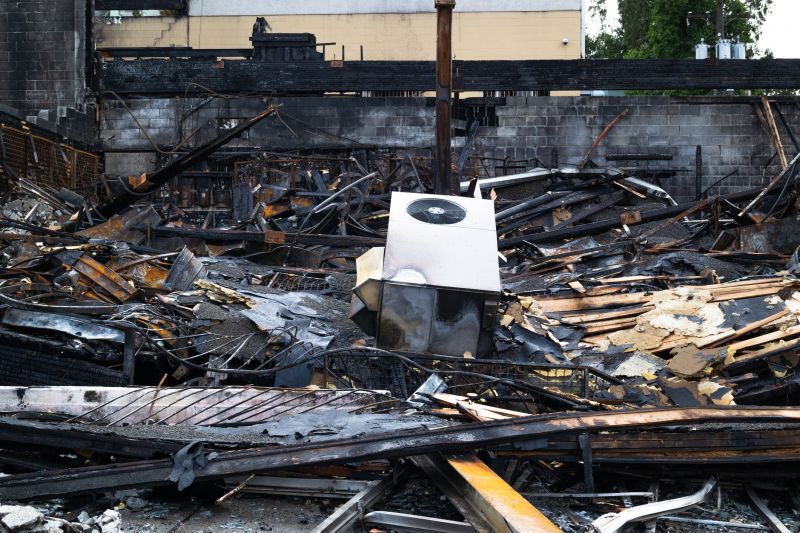
Assessing damage immediately after a fire helps determine the scope of restoration needed.
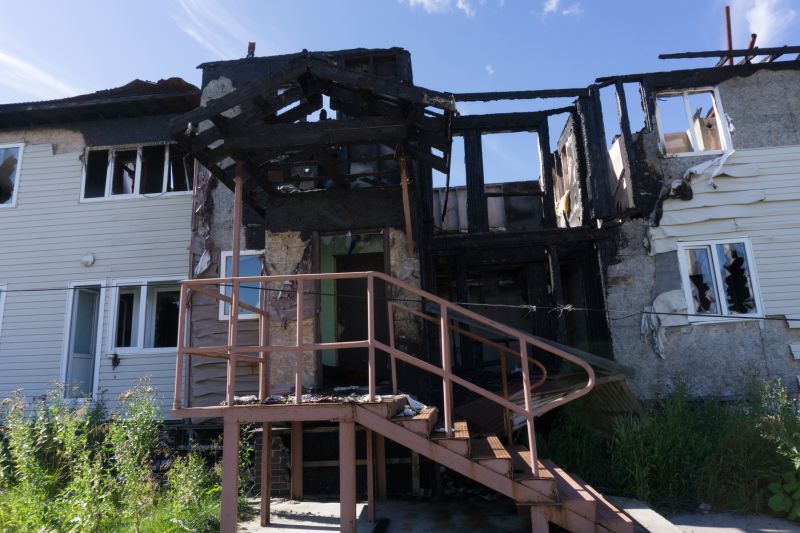
Restoring fire damage during milder weather can reduce complications from weather-related issues.
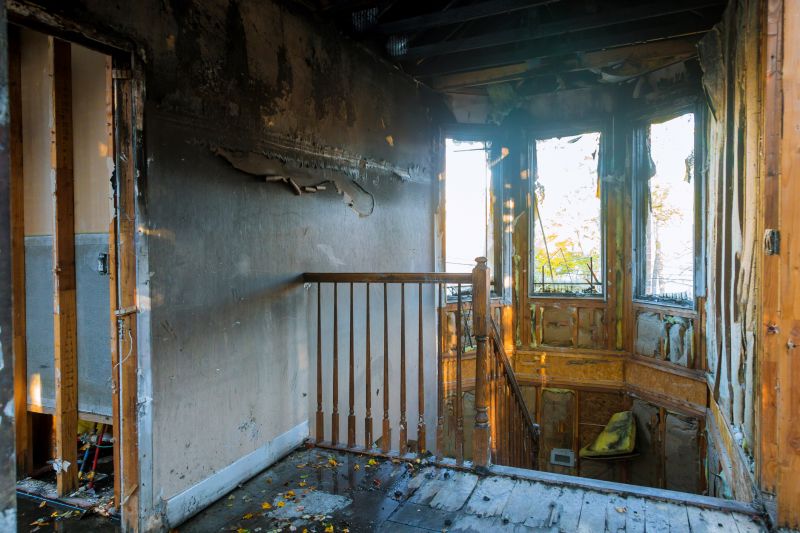
Dry, calm conditions are ideal for restoration projects to prevent further damage.
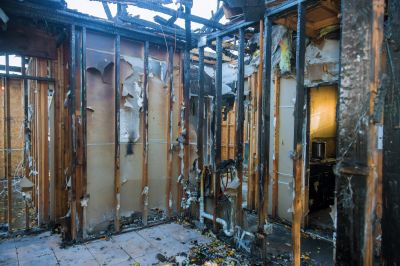
Ways to make Fire Restorations work in tight or awkward layouts.

Popular materials for Fire Restorations and why they hold up over time.

Simple add-ons that improve Fire Restorations without blowing the budget.

High-end options that actually feel worth it for Fire Restorations.
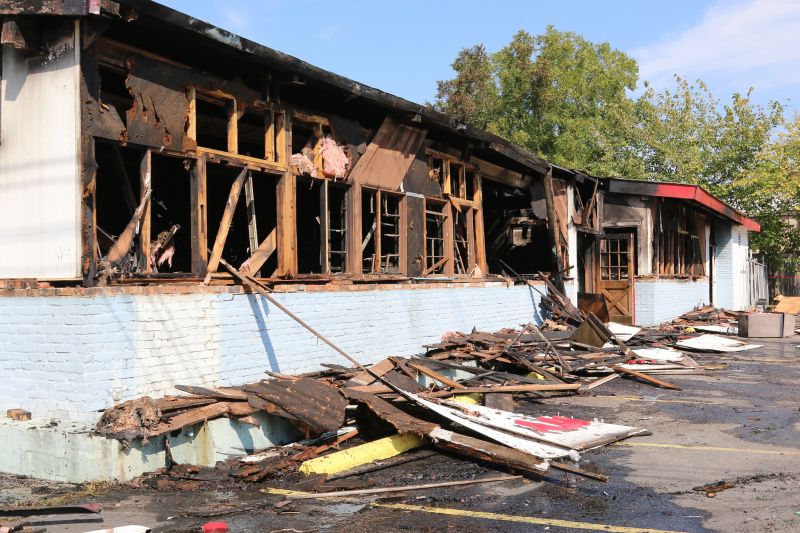
Finishes and colors that play nicely with Fire Restorations.
Fire restorations involve a comprehensive process to repair and restore properties affected by fire. This includes cleaning soot and smoke residues, repairing structural damage, and restoring the property's appearance. Timely intervention can minimize long-term damage and reduce restoration costs.
Prompt action after a fire can prevent further deterioration and mold growth.
Spring and early fall often provide the best weather conditions for fire restoration activities.
Dry and moderate temperatures facilitate faster and safer restoration work.
Fire damage accounts for billions in property losses annually, emphasizing the need for timely restoration.
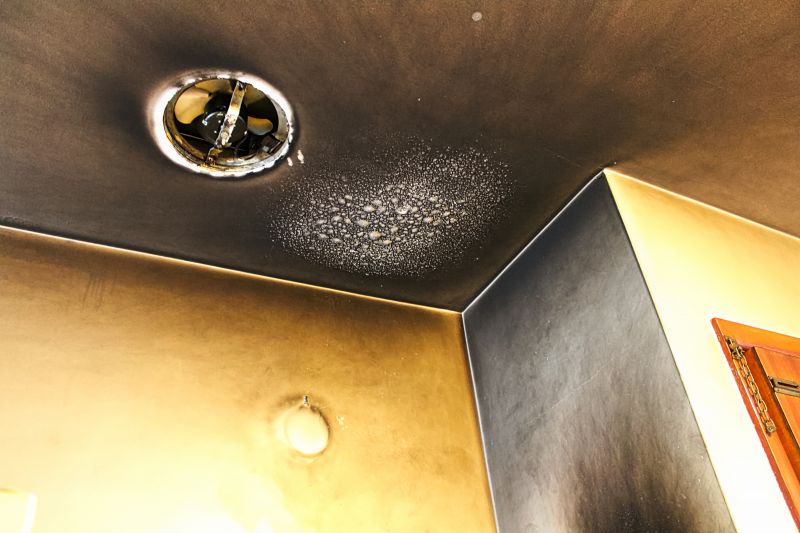
Specialized equipment and techniques are used to remove soot and smoke residues.
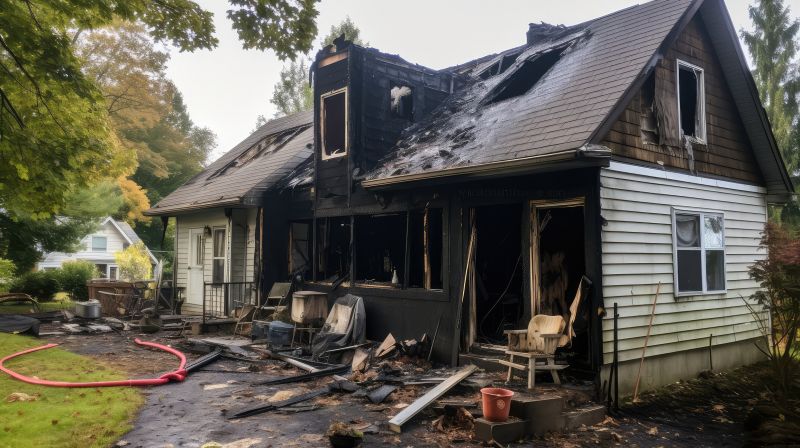
Restoration includes repairing walls, roofing, and other structural elements.

Personal belongings and furnishings are cleaned or replaced as needed.

Ensures all restoration work meets safety and quality standards.
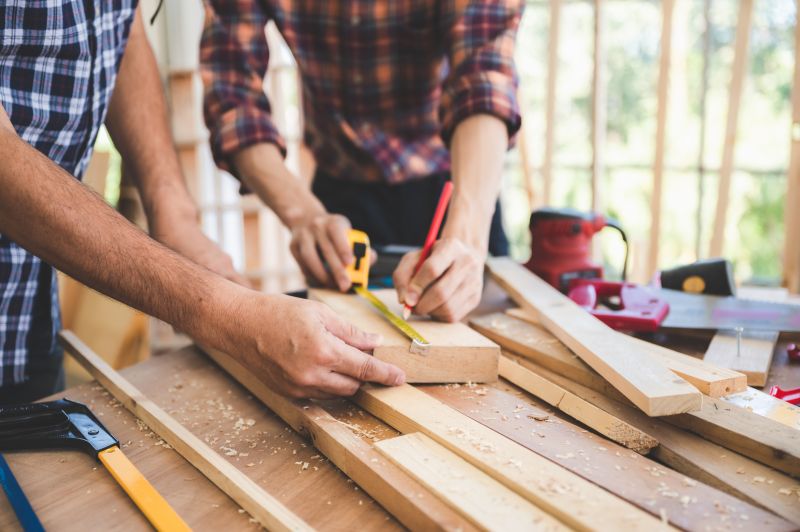
Little measurements that prevent headaches on Fire Restorations day.
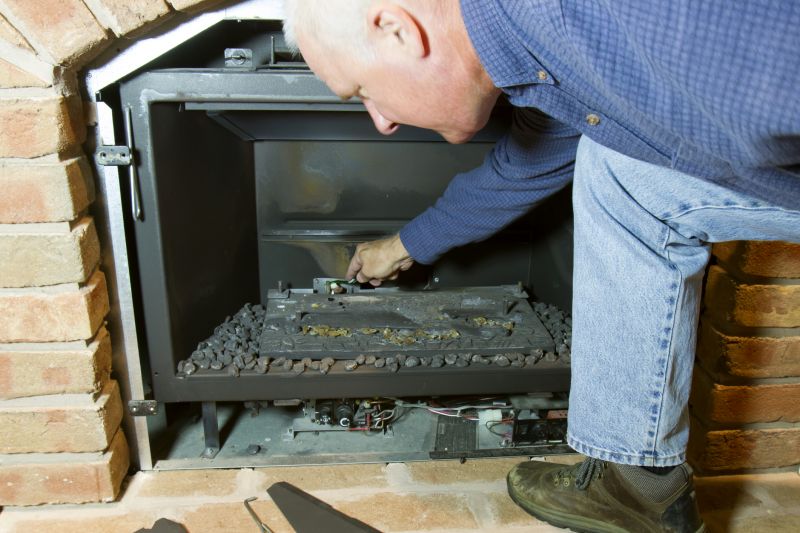
A 60-second routine that keeps Fire Restorations looking new.
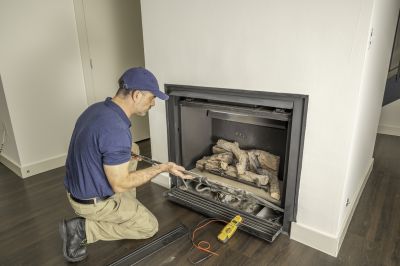
A frequent mistake in Fire Restorations and how to dodge it.

Small tweaks to make Fire Restorations safer and easier to use.
| Factor | Details |
|---|---|
| Weather Conditions | Dry, mild weather is ideal for restoration activities. |
| Property Readiness | Structures should be stable and safe before starting work. |
| Seasonal Timing | Spring and early fall often provide optimal conditions. |
| Emergency Response Time | Immediate response minimizes damage escalation. |
| Damage Severity | More severe damage may require longer restoration periods. |
| Availability of Resources | Access to restoration professionals and equipment. |
| Environmental Factors | Humidity and temperature influence drying and cleaning processes. |
Choosing the right time for fire restorations can significantly influence the effectiveness and cost of the process. Early intervention combined with favorable weather conditions ensures faster recovery and minimizes secondary damages. Proper planning and assessment are crucial for successful restoration outcomes.
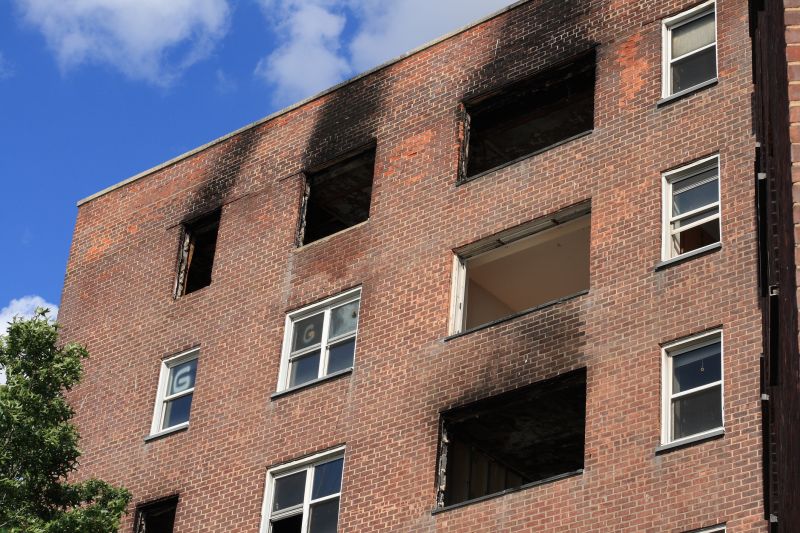
Step-by-step approach to restoring fire-damaged properties.
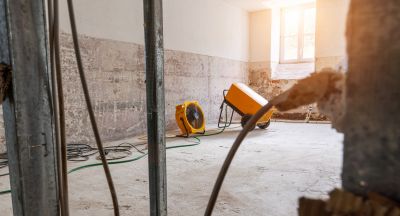
Advanced tools for cleaning, repairs, and reconstruction.
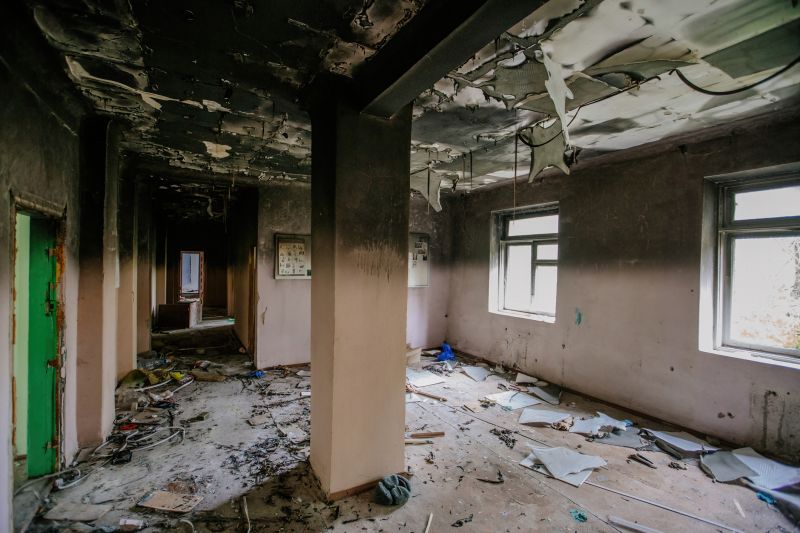
Visual evidence of restoration effectiveness.
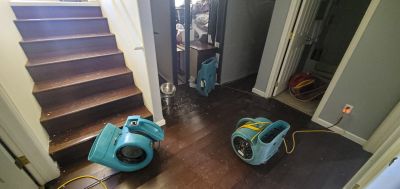
Lower-waste or water-saving choices for Fire Restorations.
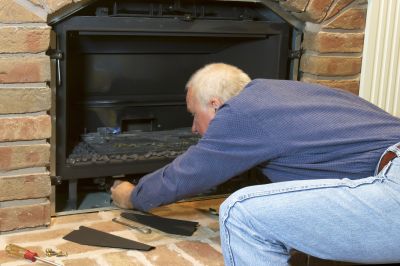
The short, realistic tool list for quality Fire Restorations.
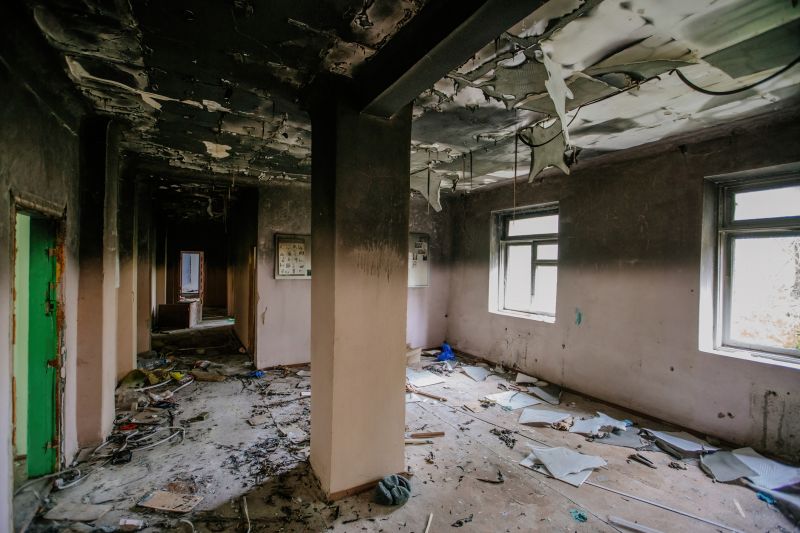
Rough timing from prep to clean-up for Fire Restorations.
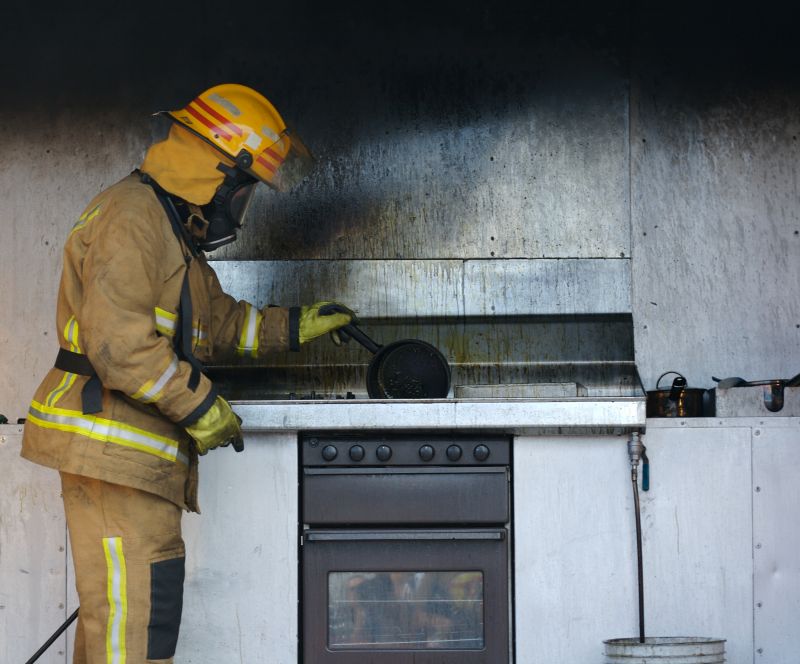
Quick checks and paperwork to keep after Fire Restorations.
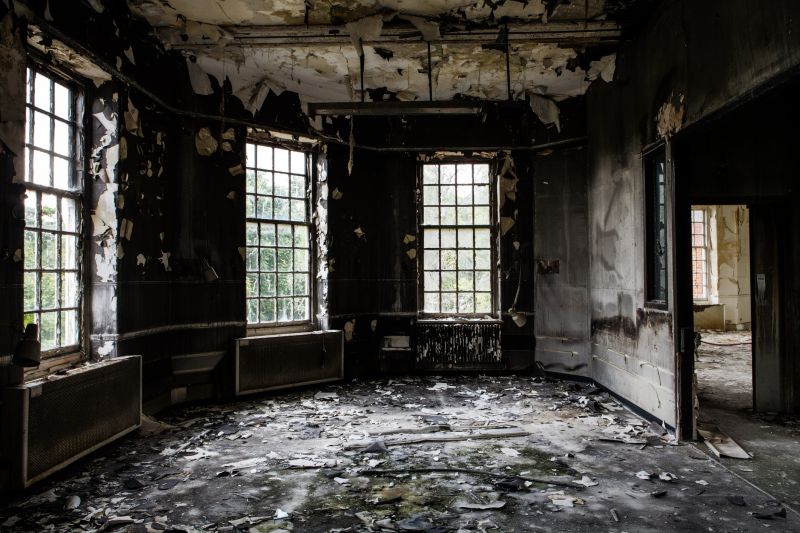
Examples that show the impact a good Fire Restorations can make.
Interested property owners or managers seeking fire restoration services are encouraged to contact for more information. Proper timing and expert intervention can help restore properties efficiently and safely after fire damage.


